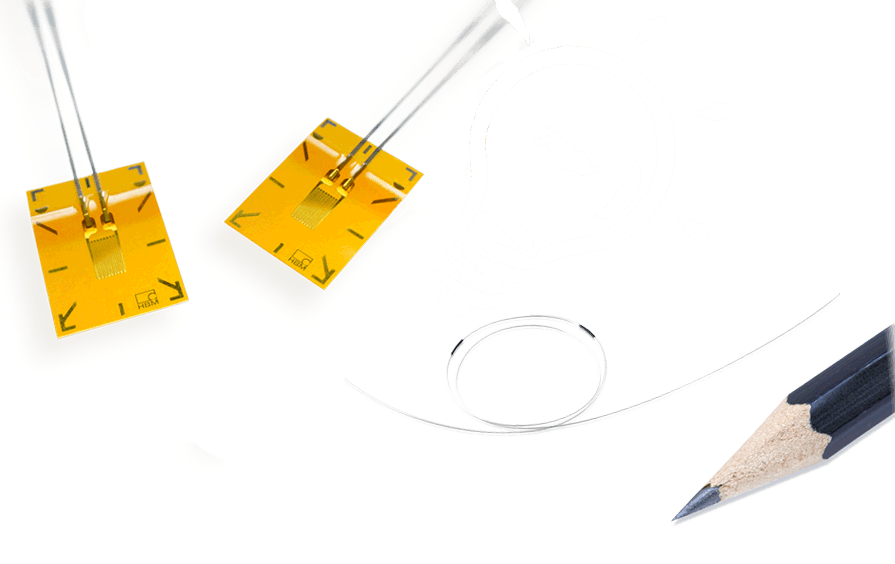HBM Test and Measurement has launched a new Strain Measurement online guide, focusing on the selection, installation, data acquisition, and analysis of electrical as well as optical strain gauges. The new portal contains comprehensive information about measuring strain, including valuable tips from leading strain measurement experts.
 HBM’s new strain measurement online guide is focusing on the selection, installation, data ac-quisition, and analysis of electrical as well as optical strain gauges.
HBM’s new strain measurement online guide is focusing on the selection, installation, data ac-quisition, and analysis of electrical as well as optical strain gauges.
When it comes to strain measurement, businesses and asset owners may feel intimidated due to the lack of information or, on the other hand, information overload. And often, in the absence of proper guidance from experienced professionals, they will give up the attempts to learn this topic and probably jeopardize cost-effective decisions when it comes to choosing the right measuring instrument.
Experts from HBM, test and measurement specialists, have dug deep to provide their best answers to relevant questions about strain measurement, either performed with strain gauges or with fiber optical strain sensors. Based on their knowledge, an ultimate step-by-step online guide has now been launched, with updated and unparalleled content about optical and electrical strain measurements, gauges, and sensors.
By navigating through the brand-new strain-related HBM webpages, readers may learn the “what”, “how” and “why” of strain measurement and related-technologies, including the definition of strain, tips for selecting and installing gauges and sensors, guidelines to acquire data, types of applications, among many others.
The journey starts at the strain measurements basics page: From there, users can choose to explore the world of strain gauges or the innovative field of optical fiber sensing.
The Strain Gauge Fundamentals
Strain gauges have been around for almost 80 years and continue to be key assets for measuring fatigue and testing materials for productivity and safety reasons. However, the following questions still remain tricky: How to calculate material stress from strain? How to select the right strain gauge and install it correctly? You can get the overview and all the answers here.
The Optical Strain Sensor Fundamentals
Optical strain sensors, namely those based on Fiber Bragg Grating (FBG) technology, have been gaining attention, particularly in the field of infrastructure monitoring over the past decades. But how does an optical sensor work? How many sensors can be integrated into one single fiber? You can unveil the secrets behind FBG technology here.